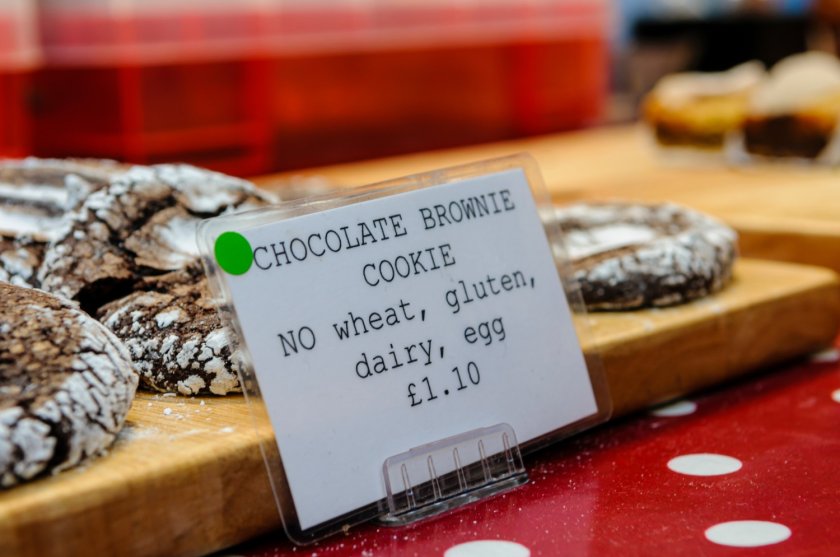
category_news
Why food allergen guidelines should be regulated at the European level
European countries currently each have their own rules on allergens in food products. This creates uncertainty for people with an allergy and make collaboration between labs very difficult. That is why eleven scientists call for a European reference laboratory.
“May contain traces of nuts.” “Is processed in a factory that also processes gluten.” These are common warning labels for food products. But how meaningful are they, actually? ‘Until recently, not very,’ says researcher Nathalie Smits of Wageningen Food Safety Research. ‘This year, the Netherlands adopted a directive to regulate these kinds of precautionary labels. By 2026, a producer may only use a label like this if they have actually accessed the risks of allergens occurring. For now, most labels are there just in case.’
A great development for the 400,000 people with food allergies in the Netherlands, but for Smits it’s just the start. Together with colleagues from seven more European countries, she has called on the European Union (EU) to start centralizing allergen monitoring. ‘At the moment, each country monitors on its own. As a result, there is no shared standard, for example. A consumer crossing the border cannot trust that labels mean the same thing they do in the Netherlands. That is limiting, or even dangerous.’
A European reference laboratory could change that. ‘Such a body would work towards unifying standards and would facilitate collaboration between European labs.’
Precautionary allergen labeling
‘Estimates say that ten percent of the world’s population has at least one food allergy,’ says Smith. ‘Due to a proliferation of labels and standards, their choice in food products is shrinking and trustworthy information is hard to come by.’ Smits explains that only ingredients are regulated at the moment: there is a list of 14 allergens that must be listed if they were used in a product. Accidental contaminations are a different story. ‘Producers use free from labels and so-called “precautionary allergen labels”. Those last labels are largely unregulated, even though the European Court of Auditors reported they are often incorrect.’

The eleven scientists who signed position paper call for harmonized allergen monitoring in Europe. ‘You can check the products that label themselves as “free from”, but you need legislation.’ As far as precautionary labels are concerned, the Dutch directive is a step in the right direction. ‘But even in the Netherlands, no upper limit has been defined yet. How much nut residue can be in a product with a precautionary label remains vague. It could be quite a lot.’
European reference laboratory
‘Each European country works with different reference doses and portion sizes,’ Smit continues. ‘Let’s say a portion of dark chocolate is allowed to accidentaly contain 1 mg of milk—the reference dose—then its important to know how big a portion is. Scandinavians eat lots of chocolate. So what is considered one serving there, might be three servings in Portugal. Portuguese dark chocolate, therefor, might contain a lot more milk contamination.’
These differences are not only difficult for consumers. They also keep European laboratories from cooperating and monitoring for allergens more comprehensively. ‘We advocate for policy, but also for monitoring. And to start monitoring better, laboratories need to be able to cooperate and share knowledge. When I design a new test now, I design it to the Dutch standard. A Danish colleague cannot adopt that procedure. Our data, too, is hard to combine with other laboratory’s data.’
‘A European reference laboratory would make it possible to systematically monitor and do comprehensive research together. Which products are more likely to be excessively contaminated? How can you best monitor for certain allergens? How do specific allergens spread through products? Such knowledge would make the world a more comfortable and safe place for people with allergies.’